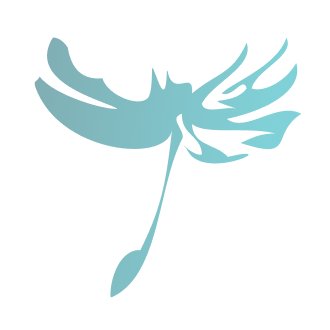entongoli | Photographer: Susanna Schulz | Rights management: Ethnologisches Museum, Staatliche Museen zu Berlin
Attribution - NonCommercial - ShareAlike 4.0 Internationalentongoli
The body of the instrument is a transverse oval wooden shell. A reptile skin membrane. A strip of mammal skin, one to two centimetres wide, sewn to the folded edge of the skin. The membrane is stretched against a square piece of mammal skin resting on the outside of the shell by means of a tightly stretched cord of twisted skin that runs back and forth over the entire surface. Longitudinal rods diverging towards the crossbar. Eight strings. Tangle rings that bind the strings together with old string fragments and bark fibre strips. The lower ends of the strings are guided as a strand near the lower shell wall through a membrane and a wall perforation and bound to a crosspiece resting on the outside. The strings rest on the soundboard in front of the perforation. Where the arms and the strings pass through the membrane, the edges are reinforced. A round opening in the side of the membrane and stitched damaged areas. On the underside of the bowl, dark and light-coloured contrasting string courses. from Ulrich Wegner: Afrikanische Saiteninstrumente, Staatliche Museen Berlin - SPK, 1984 (Appendix Object Catalogue)
Cataloguing data
Width: 42 cm
Height: 9 cm
Vorgang: E 823/1888, zur Erwerbung: I/104/1888: III E 2255-2375 -- Inhalt/Enthält: Missionar, Bischof A.M. Mackay, Usambiro sendet am 28.5.1888 Liste ethnologischer Gegenstände ab, Ankündigung von Ethnographica aus Buganda. Hinweis auf sorgfältige Herstellung von Rindenbaststoffen. Bedauert, keine Modelle von einheimischen Bauten schicken zu können. Objektliste, Skizze. Briefe: 1, 1888.05.28., A.M. Mackay (1888)










